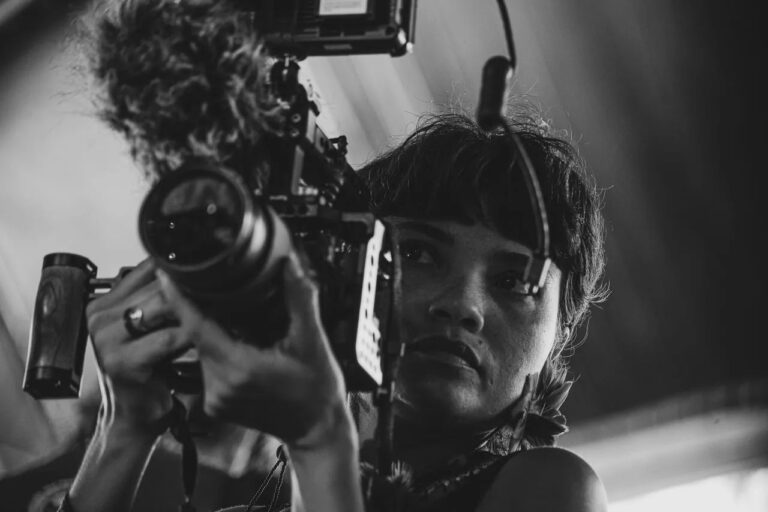- In 2022, a group of Indigenous women created Rede Katahirine, a network composed of 60 filmmakers, producers and screenwriters who represent Indigenous women from nearly all of Brazil’s biomes.
- In placing Indigenous audiovisual arts in the hands of women, the network aims to use its cameras as tools to fight for the preservation of Indigenous territories and memory.
- Aside from funding new productions, Rede Katahirine organizes monthly meetings for screenings and conversations.
While the name Katahirine seems like it could be for an observatory or some ambitious outer space project, it is rather the name of the first audiovisual network created and run by Indigenous women in Brazil.
In the language of the Manchineri people native to Brazil’s state of Acre, Katahirine means “constellation.” It was chosen by the collective because it implies plurality, the gathering of voices from many territories under one platform.
Each filmmaker shining with camera in hand, together they are discovering the possibilities of filmmaking, an art that some years ago would have been impossible to practice in regions far from Brazil’s big cities.
But as mobile phones, digital cameras and audiovisual equipment become more accessible, filmmaking today is part of the lives of dozens of Indigenous women across Brazil. There are 60 members of Katahirine – Rede Audiovisual de Mulheres Indígenas working on their own productions, including fiction and documentaries, filming the reality inside their communities from the north to the south of Brazil.
For the time being, the Pantanal is the only region not filmed by a member of the network. But this could change soon, according to Mari Corrêa, filmmaker and project founder.


